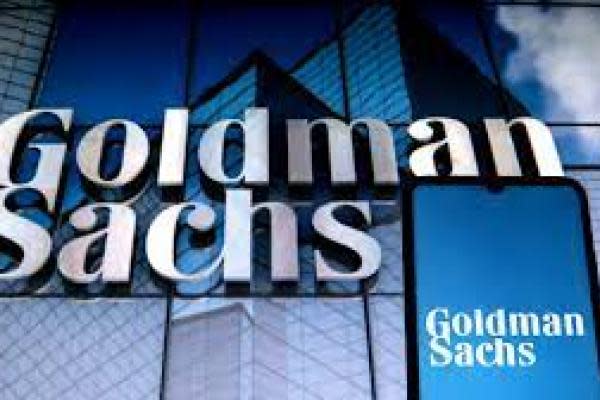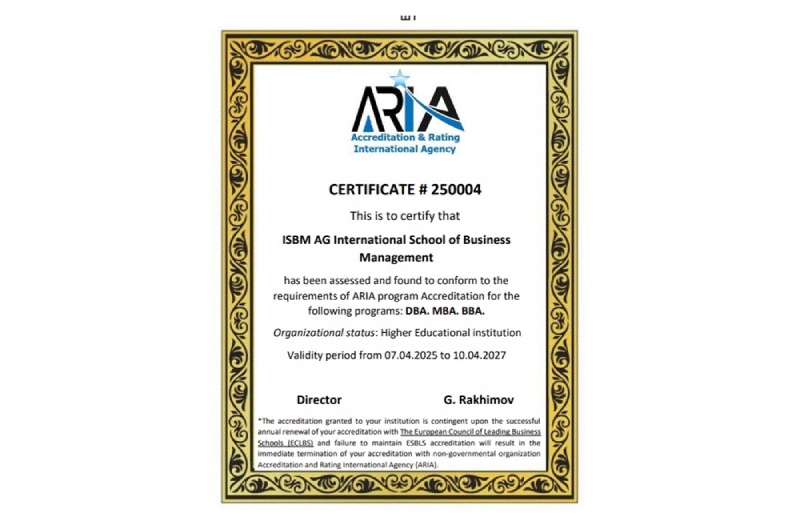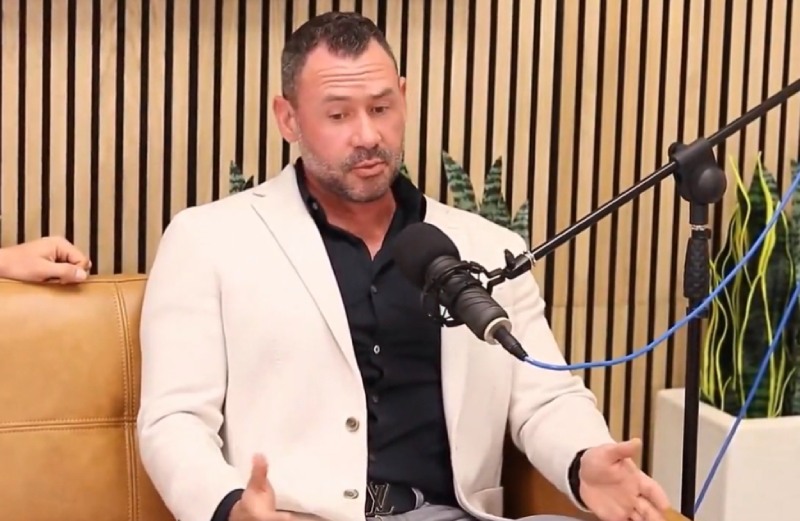The alternative investments that had an impact on Goldman Sachs Group Inc.’s earnings—$59 billion—will be significantly reduced by the asset management division.
Real estate or private equity are examples of alternative assets that can be used in place of conventional investments like stocks and bonds.
According to Julian Salisbury, chief investment officer of asset and wealth management at Goldman Sachs, the company will divest its positions over the course of the following few years and replace some of those funds on its balance sheet with external capital.
“I would expect to see a meaningful decline from the current levels,” Salisbury told Reuters. “It’s not going to zero because we will continue to invest in and alongside funds, as opposed to individual deals on the balance sheet.”
Goldman Sachs had a poor fourth quarter, when it significantly missed Wall Street profit targets. In its largest round of layoffs since the 2008 financial crisis, the bank is laying off more than 3,000 employees.
According to the earnings that were released last week, the bank’s revenue from asset and wealth management decreased by 39% to $13.4 billion in 2022, while its revenue from equity investments decreased by 93% and 63%, respectively.
The results indicate that the amount of alternative investments held on the balance sheet decreased from $68 billion in the previous year to $59 billion. In addition to other investments, the positions included $15 billion in equity investments, $19 billion in loans, and $12 billion in debt securities.
“Obviously, the environment for exiting assets was much slower in the back half of the year, which meant we were able to realize less gains on the portfolio compared to 2021,” Salisbury said.
If asset sales conditions improve, Salisbury anticipates “a faster decline in the legacy balance sheet investments”
“If we would have a couple of normalized years, you’d see the reduction happening” during that period, he said.
Additionally, he stated that clients are interested in private credit due to weak capital markets.
“Private credit is interesting to people because the returns available are attractive,” Salisbury said. “Investors like the idea of owning something a little more defensive but high yielding in the current economic environment.”
This month, the asset management division of Goldman Sachs closed a fund that invested in private equity-backed businesses with junior debt for more than $15 billion. Preqin, a data provider, says that private credit assets in the industry have more than doubled since 2015 to more than $1 trillion.
According to Salisbury, investors are also expressing an increasing interest in private equity funds and are attempting to acquire positions in the secondary market when existing investors sell their stakes.
Numerous new deals marked the beginning of the new year on the investment-grade primary bond market in the United States.
According to Salisbury, investors are willing to purchase bonds with longer maturities and are also looking for higher credit quality due to the uncertain economic environment. As a result, the market rally has “more legs,” according to Salisbury.
Salisbury stated that Goldman Sachs economists anticipate that the Federal Reserve will raise interest rates by 25 basis points in February, March, and May, followed by a steady state for the remainder of the year.
Topics #asset management #Goldman Sachs









